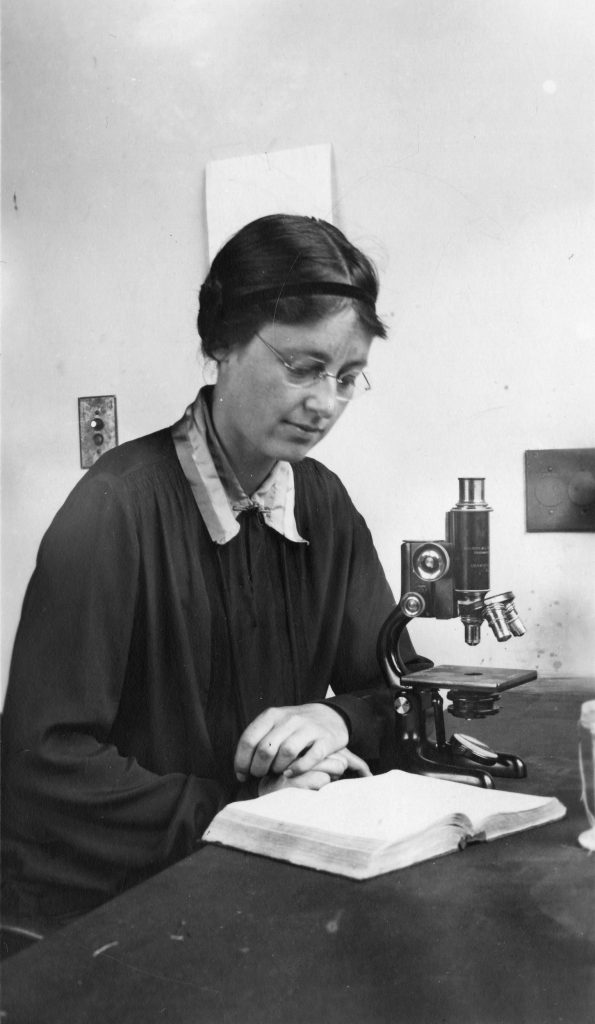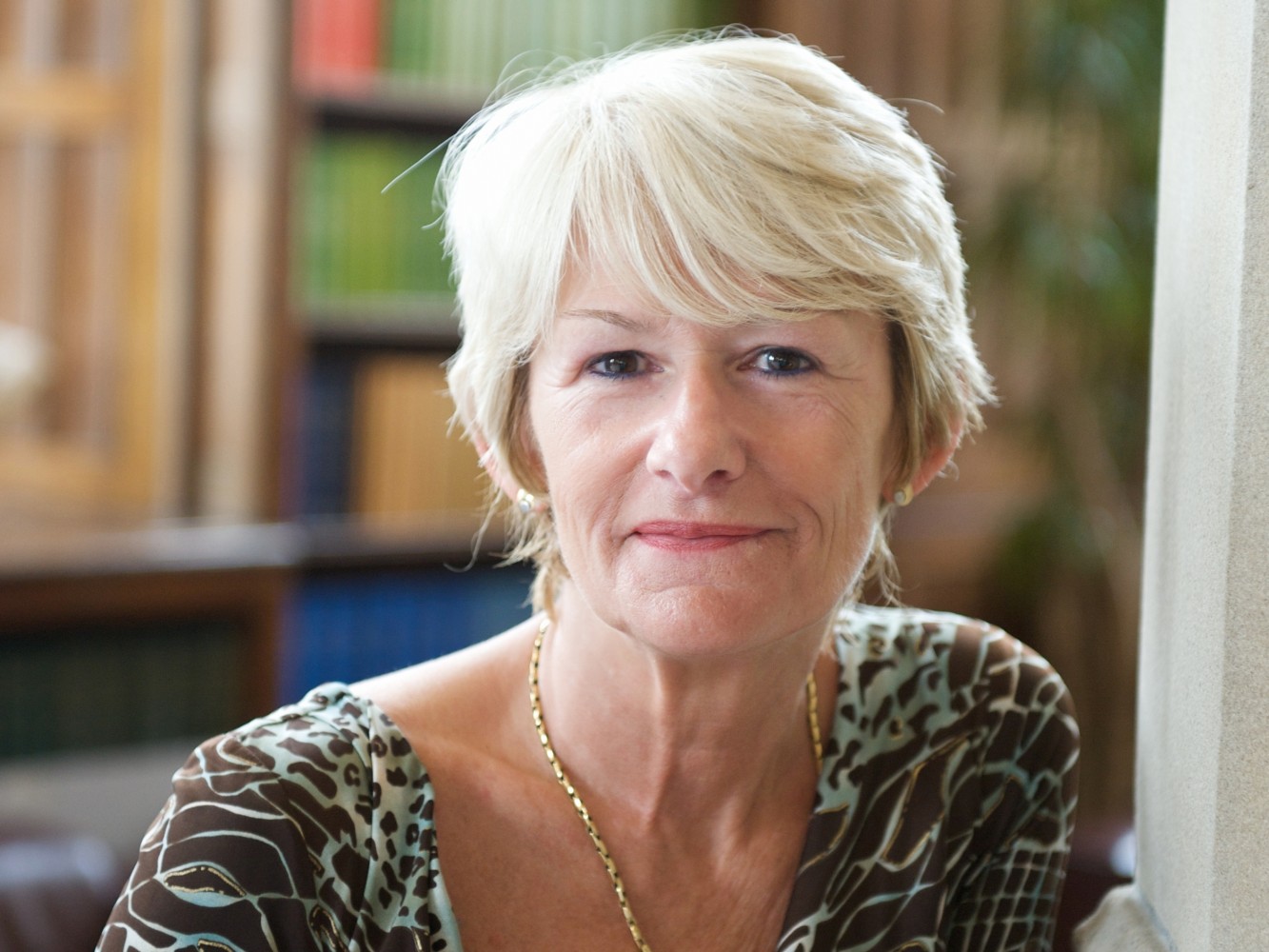Kathleen Drew Baker

Image credit: Smithsonian Institution @ Flickr Commons
Known as the ‘Mother of the Sea’ in Japan, Kathleen Drew Baker is, like so many iconic yet faded bands of yore, a big deal in Japan. But why?
It’s all to do with her research into red seaweed, which she published in the international journal Nature in 1949. To make sushi, a special kind of seaweed called nori is needed. However, growing and harvesting nori is difficult and unpredictable, as it can be easily damaged by typhoons or pollution. This meant that after the Second World War, the Japanese nori industry went into decline, as it was too unreliable for a country that needed to rebuild itself.
The importance of her research was recognised by a Japanese botanist, who understood that it could have wider implications for the wider cultivation of edible seaweed in Japan. And the rest, as they say, is history.
We already have a great piece about Kathleen Drew Baker on our blog, so grab a California roll, dab on some wasabi and find out more about the Mother of the Sea.
Professor Dame Nancy Rothwell

Image credit: University of Manchester
Dame Nancy is, quite simply, the business. Not only was she appointed President and the first female Vice Chancellor of the University of Manchester in 2010, she is a Fellow of the Royal Society, Co-Chair of the Prime Minister’s Council for Science and Technology and still finds time to maintain her role as Professor of Physiology.
Originally from Tarleton in Lancashire, Dame Nancy’s early research focused on energy balance regulation, obesity and cachexia (wasting of the body due to illness). Her research then moved into neuroscience, and she has recently carried out pioneering research into the role of small proteins known as cytokines (used by cells for signalling) and other components of the immune system within the central nervous system. Cytokine is made by our own cells after infection, in order to stimulate an inflammatory response.
Dame Nancy and her team demonstrated that the cytokine IL-1 is also made in the brain after a stroke or injury, and it is this inflammation that contributes to brain damage after a stroke/haemorrhage. Now that they have discovered this, they are undertaking research to understand how the inflammation is caused, and if a synthetic form of an IL-1 blocker (which we also naturally produce) could be a treatment for strokes and related conditions.
Dr Marie Stopes

by Elliott & Fry
bromide print, 1948
NPG x92033
© National Portrait Gallery, London
CC BY-NC-ND 3.0
Now synonymous across the world with birth control, Marie Stopes started her career as a botanist and a palaeontologist. Much like Dame Nancy, Marie was a kick-ass female scientist in our city, and in 1904, she became the first woman academic at the University of Manchester, with a lectureship in palaeobotany.
In 1905, aged 25, she was awarded a DSc (Doctor of Science) from the University of London. She was then the youngest holder of the Doctor of Science degree in England.
She also achieved her PhD in palaeobotany from the University of Munich, where she took her viva (oral defence of thesis) in German. Just cos, you know, she could. And she completed her PhD in 10 months.
Whilst in Manchester, Marie studied coal and coal balls, with the purpose of proving the existence of Pangaea, the supercontinent theorised first by Alfred Wegener. She eventually obtained samples from the Queen Maud Mountains to prove this theory, and cemented her position as one of the world’s leading authorities on coal.
After a stint in Canada successfully determining the age of the fern ledges of St John, New Brunswick, Canada, Stopes returned to the UK and worked for the British government and devised the classification scheme and terminology for coal that is still used today.
There’s not nearly enough room on this blog to chronicle the work that Dr Stopes did to champion access to safe and reliable birth control , but if you want to know more, this article is a good place to start.
Do you have a kick-ass female scientist you think should feature on this blog? Let us know in the comments section below.
I’d like togive a shout out for Professor Caroline Dive at CRUK Manchester Institute and her pioneering research in using liquid biopsies to categorise and monitor lung cancer